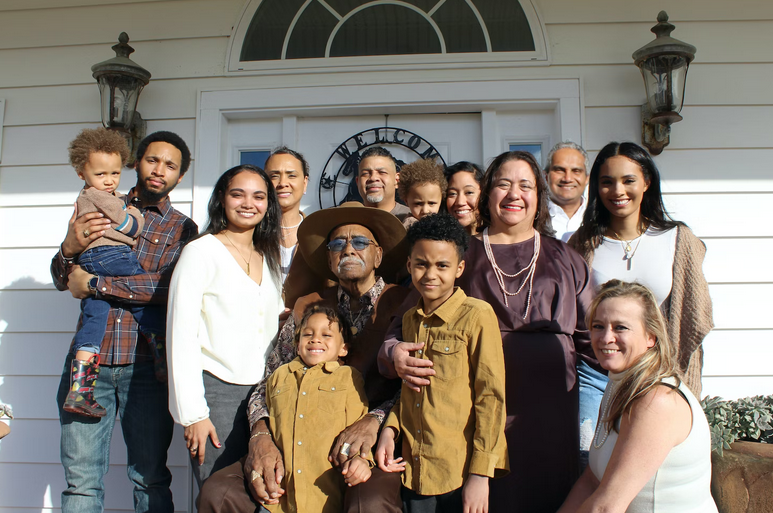
Did you know that more and more families are opting for multi-generational living arrangements? Explained here at https://www.1a-immobilienmarkt.de/news/20230426_35483/, buying or building a house has been a constant battle. Either way, make sure it’s a multi-generational home since this trend is reshaping the way we think about homes.
In addition to strengthening family ties, building a multi-generational home allows you to share financial responsibilities with other members of the family. However, creating a harmonious and functional space that accommodates different generations can be challenging. That’s why, in this article, we’ll explore some golden considerations when designing your own multi-generational home.
Mobility and Accessibility
If you are accommodating older adults or individuals with disabilities, it is particularly important to include features that facilitate easy access for all generations. Make sure your entryways are barrier-free by installing ramps or lifts. Wheelchair users and individuals who have difficulty navigating narrow spaces should also be accommodated by wide doorways and hallways.
In addition, the layout of the home should be thoughtfully designed to minimize obstacles and hazards. This may involve avoiding steps whenever possible and opting for open floor plans, allowing for smooth transitions between rooms. Especially in damp areas, such as bathrooms or kitchens, non-slip flooring materials should be used throughout your house.
Privacy and Independence

During the design process of a multi-generational home, privacy and independence are crucial factors to consider. It is important to create separate living areas that promote privacy while still promoting a sense of togetherness since each generation may have different preferences and needs when it comes to personal space. The best way to do this is to have separate living quarters within the house, including separate entrances, kitchens, and living rooms for each generation.
In addition to providing autonomy and independence, this also allows family members to come together in shared spaces for companionship and quality time together. Smart home technology can improve privacy and convenience. These features allow individuals of different generations to maintain their desired level of privacy without sacrificing safety or convenience, including personalized security systems with unique access codes and automated window coverings controlled by smartphones.
Shared Spaces
Creating shared spaces that cater to the needs and preferences of everyone living under one roof is an essential consideration when building a multi-generational house. As well as promoting interaction and bonding, these communal spaces ensure each family member has sufficient space to relax and unwind.
The design of shared spaces should be flexible enough to accommodate different activities and adapt as family dynamics change over time. Flexibility is an important aspect to keep in mind when designing shared spaces. An open-concept living space, for example, can easily become a playroom for young children or a workspace for teenagers as they grow up.
Financial and Legal Agreements
Now let’s talk about how the finances and legality are agreed. Consider how expenses will be divided. Will each generation contribute equally, or will there be a proportional arrangement based on income? Establishing a fair system at the outset will prevent future misunderstandings. Ownership and property rights are another important consideration. Determine whether the property will be jointly owned or if it will be divided into separate sections for each family unit. You can navigate these complex legal matters by consulting with an attorney who specializes in real estate law.
The building of a multi-generational home is a complex undertaking requiring careful consideration of a number of factors. In order to create a harmonious living environment, it’s important to address the unique needs and preferences of each generation.


